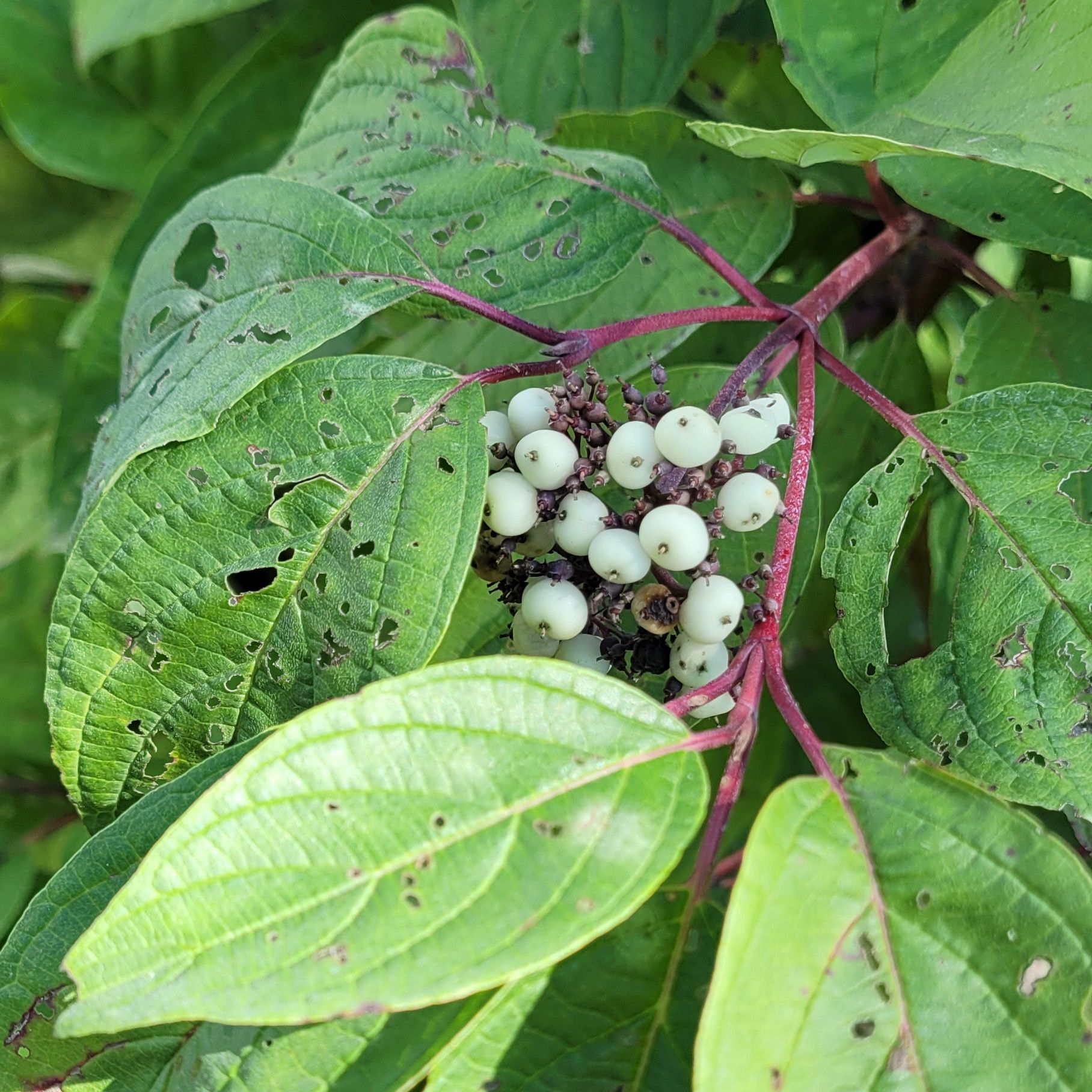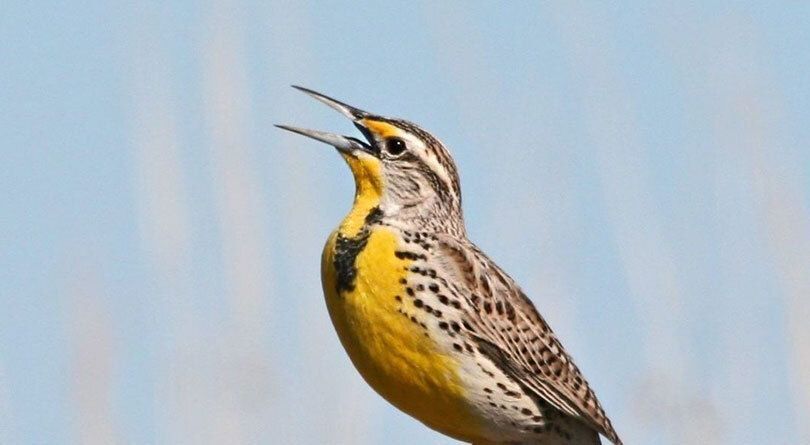
The Xerces Society reports that pollinators are essential for the reproduction of over 85% of the world's flowering plants, and that the United States alone grows more than 100 crops that either need or benefit from pollinators. Additionally, The National Audubon Society estimates that 96% of land birds feed insects to their chicks.
With those statistics in mind, the mantra these days from environmental experts for fall and winter natural habitat maintenance is, “Let it be.” That mess of leaf clutter, sticks and shallow dirt underneath provides shelter for hibernating pollinators and their eggs, and offers them food when they wake up or hatch in the spring. Leaving up dead stems and untrimmed shrub branches also provides valuable egg casings for spring pollinator hatchlings. More food in the spring may mean more birds in your yard.
Of course, if you have a vegetable garden, it’s still mostly recommended to get rid of the rotting, dead remains of the garden plants so that any disease-causing bacteria will not overwinter to attack again in the spring.
The Xerces Society website (xerces.org) has a wealth of information about the when, why, and how for the preservation of pollinator habitat. I tried some of their recommendations last winter for the first time, and I noticed a big difference in the quality and quantity of wildlife visiting my yard this past growing season. Although maybe the weather was just better, improving the survival rates, I like to think that I made a difference.
In line with Xerces recommendations, I did a couple of other things differently. One thing was to not remove the seed stalks of the purple coneflowers in my prairie habitat. In the past, in order to minimize their prolific seeding habits, I had cut them down each fall. Because I left them standing last fall, I was rewarded with near-daily visits by a goldfinch couple feeding on the seed heads.
The other thing I did differently was to not trim back the red twig dogwood shrubs as aggressively as in the past — mainly because after five years in the ground, they finally sported their characteristic white berries. The berries were quite a draw last winter, especially for the cardinals. As a consequence, I added several more native understory plants over the spring and summer, including a serviceberry and four viburnum varieties. Although the viburnums are known for their great fall color, it can take up to five years for them to fruit, so be patient.
All of the plant varieties mentioned above are readily available at local nurseries, big box stores and Nebraska State Arboretum (plantnebraska.org) through its in-season retail plant sales.
So, give it a try! “Let it be,” and see what happens!

